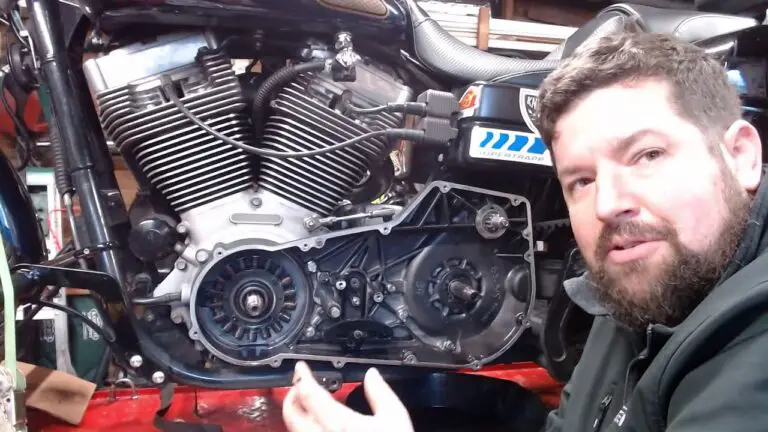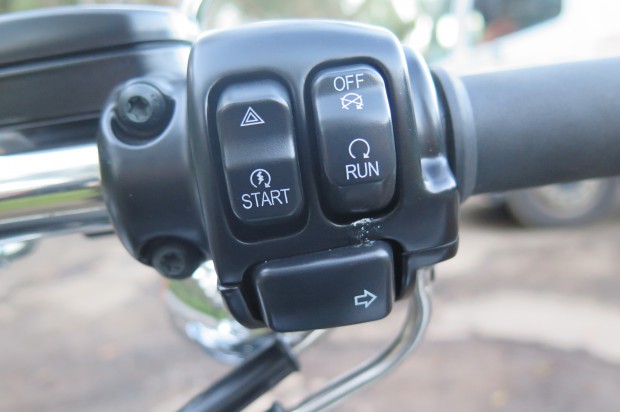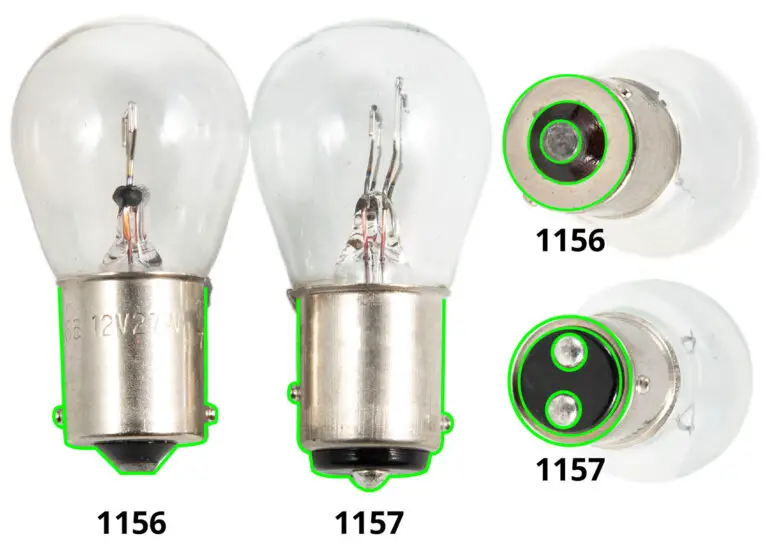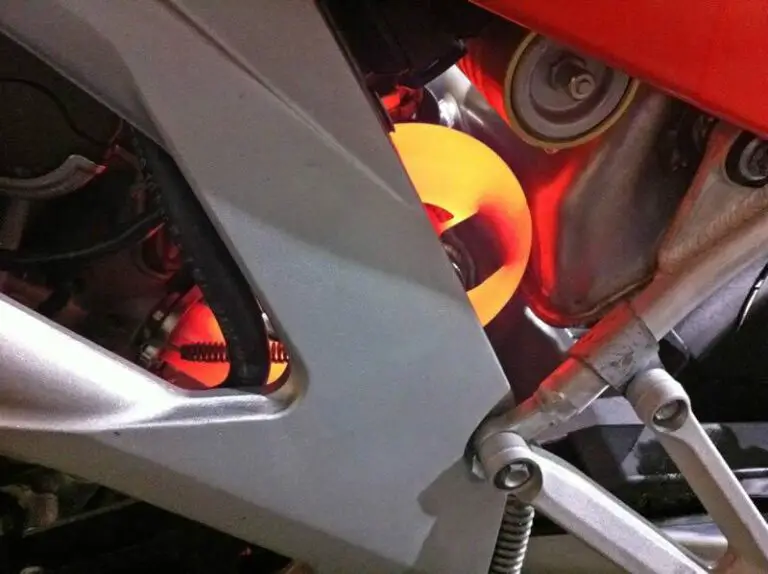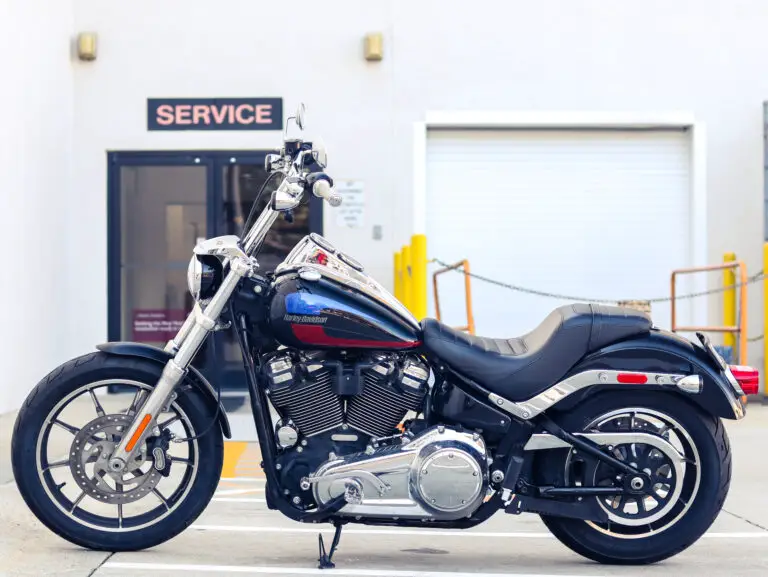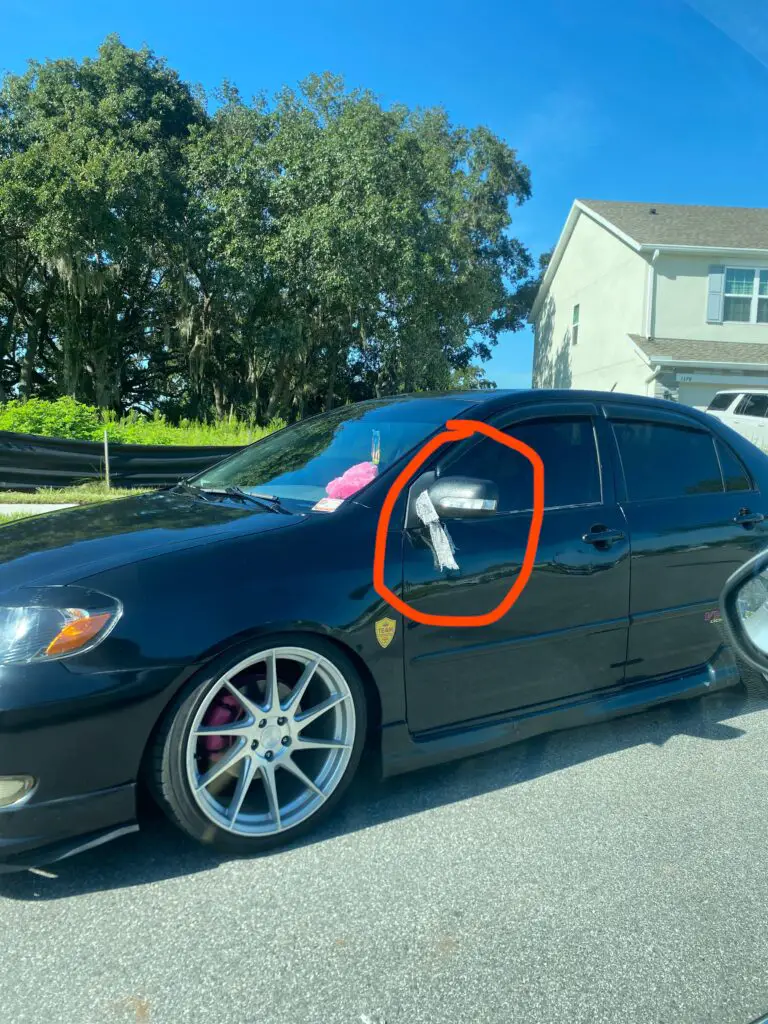To remove baffles from a motorcycle exhaust, first, securely stabilize the bike. Then, extract the retaining bolts and slide out the baffles from the exhaust pipes.
Are you considering enhancing the rumble of your motorcycle by removing the baffles from the exhaust? This is a common modification for riders aiming to alter the sound and performance of their bike. The process might seem daunting, but with the right tools and a bit of mechanical savvy, it’s a manageable DIY project for many enthusiasts.
Bear in mind that altering your motorcycle’s exhaust can impact its performance and may not be legal in all areas, so it’s important to check local regulations prior to making any changes. Removing the baffles affects not just the sound but also the back pressure, which in turn can influence the engine’s efficiency. Therefore, it’s crucial to weigh the pros and cons before proceeding with this modification.

Credit: m.youtube.com
Introduction To Motorcycle Exhaust Baffles
Motorcycle exhaust baffles are essential for managing sound and engine back pressure. Bikers often seek to remove them for various reasons.
Exhaust baffles serve to reduce noise and help control the flow of exhaust gas, affecting performance. Some riders may remove baffles to increase sound, gain a throaty exhaust note, or enhance bike performance.
- Louder exhaust sound can result from baffle removal.
- Performance can be improved without baffles.
- Back pressure reduction might cause engine issues.
- Noise pollution may increase due to baffle removal.
Deciding to remove baffles comes with both benefits and drawbacks. Enthusiasts should consider laws, safety, and bike performance before making changes.
Credit: kzrider.com
Preparation For Removing Exhaust Baffles
To successfully remove exhaust baffles, you need to grasp how your motorcycle’s exhaust system functions. This system runs from the engine to the back of the motorcycle. The exhaust system contains the baffles that control sound and emissions.
Before beginning, assemble the necessary tools and materials. These include wrench sets, a screwdriver, pliers, and possibly a rubber mallet. Ensure that each tool is the right size and type for your bike’s exhaust. Proper tools make the job easier and safer.
Safety is never to be overlooked. Always wear gloves and eye protection while working. Work in a well-ventilated area to avoid inhaling fumes. Be mindful of the environment, catching any fluids that may spill out during the process. Consult local laws about modifying exhaust systems, as these modifications can affect noise and emissions.
Step-by-step Guide To Removing Baffles
Before removing baffles, it’s key to know their type. Riveted and welded baffles differ. For riveted baffles, drilling is necessary. You’ll locate the rivets holding the baffles inside the exhaust. Use a drill to carefully remove these rivets. This process requires safety gear and precision.
For welded baffles, extracting them takes skill. The welds must be cut with accuracy to avoid exhaust damage. You may need a professional for this step. Always avoid forcing the baffles out. This could harm your motorcycle’s exhaust system. Patience and the right tools are crucial.
- Identify baffle type: riveted or welded.
- For riveted: drill out carefully.
- For welded: cut welds precisely.
- Never rush the process.
- Use safety gear and suitable tools.
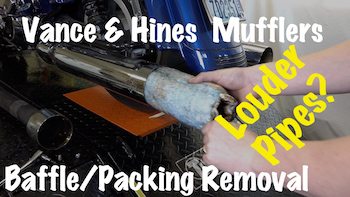
Credit: www.lawabidingbiker.com
Aftermath Of Baffle Removal
Removing baffles from a motorcycle exhaust changes the engine’s air flow. Carburetor or fuel injection systems may need adjustment. Ensure optimal performance by tweaking the air-to-fuel ratio.
Sound levels will increase without baffles, giving a deeper growl. This change can improve the bike’s acoustic profile but may exceed legal noise limits. Exhaust modifications could also affect the motorcycle’s warranty. Check with your manufacturer to avoid voiding your warranty.
Alternative Options To Baffle Removal
Adjustable or removable baffles provide a simple solution. They allow you to alter the exhaust sound and performance. This option lets you change the loudness whenever you want. Riders looking for a compromise find this quite beneficial.
Upgrading to aftermarket performance exhausts can be another route. These systems often provide an enhanced sound and better engine efficiency. They also come with the perk of being specifically designed for easier handling of changes.
| Reversibility Concerns | Future Modifications |
| Preserving the original exhaust parts is crucial for reversibility. | Think of potential upgrades when choosing exhaust systems. |
| Keeping the stock baffles may aid in future resale. | Modular systems can be ideal for long-term customization. |
Frequently Asked Questions For How Do You Remove Baffles From Motorcycle Exhaust
How Do You Remove A Baffle From A Motorcycle Exhaust?
To remove a motorcycle exhaust baffle, first ensure the bike is cool. Unscrew the retaining bolts or screws from the exhaust end cap. Slide out the baffle carefully. Wear gloves to avoid injury. Reassemble the exhaust without the baffle if desired.
Can You Run A Motorcycle Without A Baffle?
Yes, you can run a motorcycle without a baffle, but it may be louder, less efficient, and potentially illegal, depending on local noise regulations. Removing baffles can also harm engine performance and void warranties.
Does Removing Motorcycle Exhaust Baffles Affect Performance?
Removing motorcycle exhaust baffles can alter performance, potentially increasing power but reducing back pressure, which might negatively affect low-end torque.
Is It Smart To Baffle Delete A Motorcycle?
Baffle deleting a motorcycle can improve sound and modestly increase performance, but it might impact warranty and noise regulations compliance. Consider the trade-offs before proceeding.
Conclusion
Removing baffles from your motorcycle exhaust is a straightforward process that can enhance sound and performance. Always ensure you’re complying with local noise regulations. With the right tools and steps outlined in this guide, you’ll achieve that throaty growl safely.
Ride on, and enjoy the new, robust tone of your bike!
